
-
Find the right food for your petTake this quiz to see which food may be the best for your furry friend.Find the right food for your petTake this quiz to see which food may be the best for your furry friend.Health CategoryFeatured products
 Adult 7+ Healthy Cuisine Roasted Chicken, Carrots & Spinach Stew Dog Food
Adult 7+ Healthy Cuisine Roasted Chicken, Carrots & Spinach Stew Dog FoodDelicious roasted chicken paired with tender vegetables in a succulent stew
Shop Now Perfect Weight & Joint Support Large Breed Chicken & Brown Rice Recipe Dog Food
Perfect Weight & Joint Support Large Breed Chicken & Brown Rice Recipe Dog FoodThis weight management and mobility support dog food was created with Hill’s unique understanding of the biology of overweight dogs
Shop Now Adult Salmon & Brown Rice Recipe Dog Food
Adult Salmon & Brown Rice Recipe Dog FoodSupports lean muscle and beautiful coat for adult dogs
Shop NowFeatured products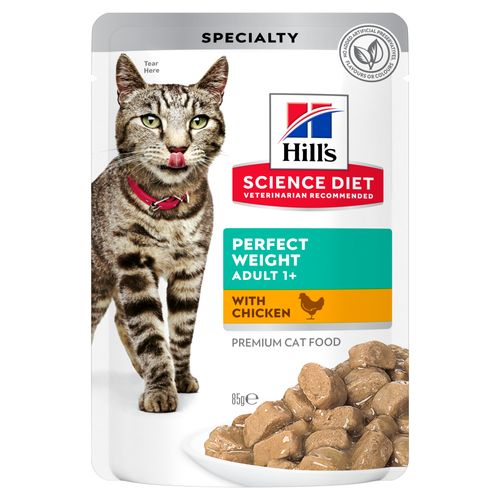 Adult Perfect Weight with Chicken Cat Food
Adult Perfect Weight with Chicken Cat FoodBreakthrough nutrition for your cat’s healthy weight maintenance and long-lasting weight support
Shop Now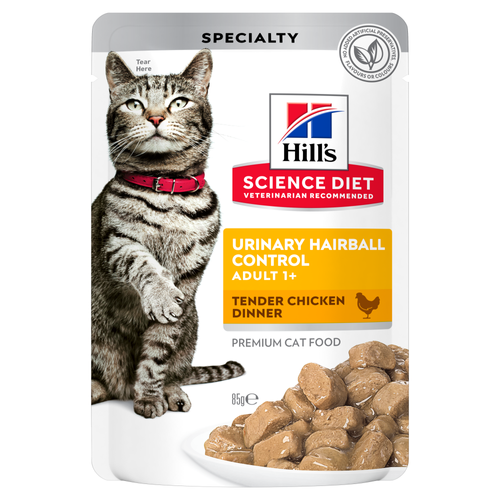 Adult Urinary Hairball Control Tender Chicken Dinner Cat Food
Adult Urinary Hairball Control Tender Chicken Dinner Cat FoodPrecisely balanced nutrition to support urinary health from kidney to bladder. With natural fibre technology to help reduce hairballs.
Shop Now Adult Salmon & Brown Rice Recipe Cat Food
Adult Salmon & Brown Rice Recipe Cat FoodSupports lean muscle and beautiful fur for adult cats
Shop Now -
DogCat
- Cat Tips & Articles
-
Health Category
- Weight
- Skin & Food Sensitivities
- Urinary
- Digestive
- Kidney
- Dental
- Serious Illness
-
Life Stage
- Kitten Nutrition
- Adult Nutrition
Featured articles Pet Food Storage Tips
Pet Food Storage TipsWhere you store your cat and dog food can make a big difference in the quality and freshness once it is opened. Here are some common questions and recommendations for optimal storage for all of Hill’s dry and canned cat and dog food.
Read More Water
WaterWater is the most important nutrient of all and essential for life. Animals can lose almost all their fat and half their protein and still survive, but if they lose 15% of their water, it will mean death.
Read More The Right Diet For Your Pet
The Right Diet For Your PetLearn what to look for in healthy pet food & nutrition, including ingredients, quality of the manufacturer, your pet's age, and any special needs they have.
Read More -


What You Should Know About Ear Mites in Cats!
Ear mites are contagious. Ear mites are parasites that live on the skin’s surface, especially on the skin lining of the ear canal. They are transferred from cat to cat by direct contact. Ear mites and eggs can persist in the environment for several months. They can then return to re-infest your cat.
Signs
Ear mites account for most ear problems in cats. Although all cats in a household may be affected, most serious problems occur in kittens.
Signs to watch for:
- Reddish-black in the ear canal(s)
- Rubbing and scratching the affected ear
- Ear twitching and head shaking are common
- Occasionally, ear mites infest other parts of a cat’s body. Hair loss in a particular area and reddened, scratched skin suggest such an infestation.
Diagnosis by your veterinarian
The diagnosis will be confirmed by your veterinarian when he or she examines your cat’s ear canals with a special magnifying instrument called an otoscope. Ear mites or eggs may be found during the examination or may also be found by examining your cat’s earwax under a microscope.
Treatment and Home Care
Ear issues must be treated persistently and specifically, depending on the diagnosis. In some cases, treatment may need to be continued for several weeks.


Tasty Tips
In most cases your veterinarian will need to clean your cat's ears before treatment will be effective. Because ear mites readily infest other pets, all cats and dogs in the home should be treated.
Home care usually includes administering medications so be sure to follow your veterinarian’s instructions closely. The household itself may be treated with flea-control foggers or sprays to lessen the chances of re-infestation.
Nutrition
If your cat has ear mites, your veterinarian may suggest a change in her cat food. For kittens, nutrition is especially important for optimal growth and proper development of her immune system. In some cases, your veterinarian may recommend a therapeutic hypoallergenic cat food to help limit exposure to potential allergens. Ask your veterinarian about which Hill’s® cat food is appropriate for her condition.
Unless recommended otherwise by your veterinarian, gradually switch your cat to a new cat food over a seven-day period. Learn how to transition your cat gradually to a new cat food.
Related products

Supports lean muscle and beautiful fur for adult cats
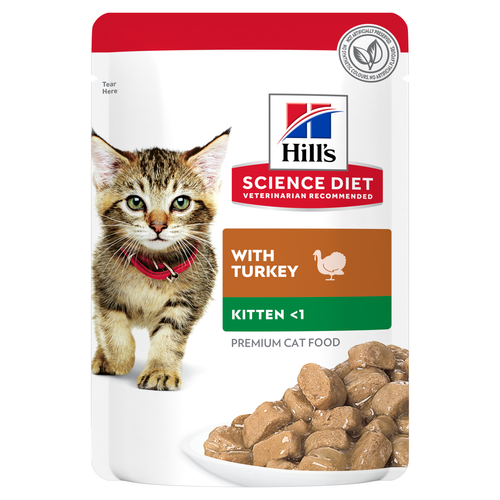
Delicious turkey chunks in gravy with omega-3 fatty acids for eye health and brain development in kittens, and high-quality protein to support muscle growth. Balanced levels of minerals for strong bones and teeth.

Breakthrough nutrition for your cat’s healthy weight maintenance and long-lasting weight support

Precisely balanced nutrition to support urinary health from kidney to bladder. With natural fibre technology to help reduce hairballs.
Related articles
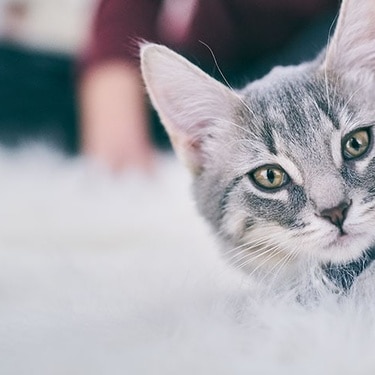
HillsPet Nutrition provides information on proper nutrition, fitness and special needs in keeping your cat healthy and happy.
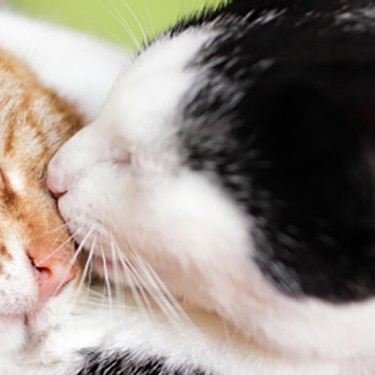
Being overweight puts a cat at risk for developing many serious health issues. Weight gain indicates an increase in body fat and usually results when your cat eats too much and exercises too little.

Get helpful information on proper feline oral healthcare and why it's so vital to take care of your cat's teeth.

As a responsible pet owner you owe it to yourself and your cat to understand problems associated with overweight cats.

Put your cat on a diet without them knowing
Our low calorie formula helps you control your cat's weight. It's packed with high-quality protein for building lean muscles, and made with purposeful ingredients for a flavorful, nutritious meal. Clinically proven antioxidants, Vitamin C+E, help promote a healthy immune system.
Put your cat on a diet without them knowing
Our low calorie formula helps you control your cat's weight. It's packed with high-quality protein for building lean muscles, and made with purposeful ingredients for a flavorful, nutritious meal. Clinically proven antioxidants, Vitamin C+E, help promote a healthy immune system.


